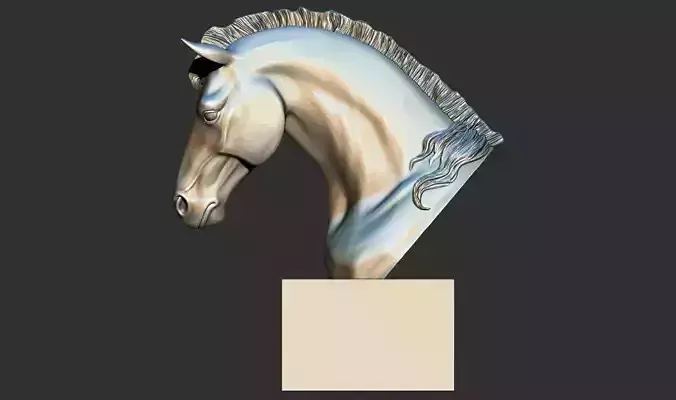1/9
Head Horse Bust 3D print model
The horse, scientifically known as Equus ferus caballus, is a hoofed mammal that has been domesticated. It belongs to the Equidae family and is one of the two surviving subspecies of Equus ferus. Over the course of 45 to 55 million years, the horse has evolved from a small, multi-toed creature similar to Eohippus into the large, single-toed animal we see today. Humans began domesticating horses around 4000 BCE, and by 3000 BCE, their domestication had become widespread. While horses in the subspecies caballus are domesticated, there are also feral populations that live in the wild. However, these feral horses are not considered true wild horses, as they have a historical connection to domestication and are not part of the megafauna species category. The equine world has a vast and specialized vocabulary that covers various concepts related to anatomy, life stages, size, colors, markings, breeds, locomotion, and behavior.
Horses have adapted to be swift runners, enabling them to escape from predators. They also possess a keen sense of balance and a strong fight-or-flight response. An interesting trait related to their need to flee from predators is their ability to sleep both standing up and lying down. Younger horses tend to sleep more than adults. Female horses, known as mares, carry their young for approximately 11 months, and foals can stand and run shortly after birth. Most domesticated horses begin their training under a saddle or in a harness between the ages of two and four. They reach full adult development by the age of five and have an average lifespan of 25 to 30 years.
REVIEWS & COMMENTS
accuracy, and usability.









